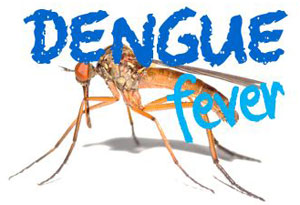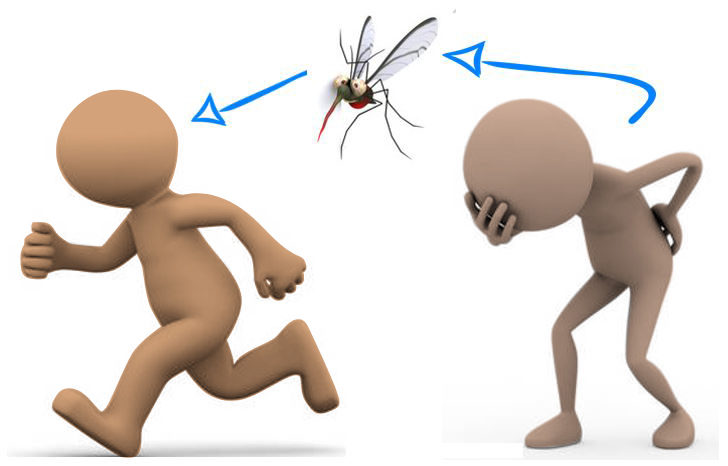Dengue Fever Cases on the Rise
Area of Infection Expanding Globally Due to Climate Change
By Allison Kozicharow; Edited by Staff
Dengue, a viral fever transmitted by mosquitoes, is now showing up in areas of the world where it has never before been seen. Once confined to the tropics, dengue is spreading fast as illustrated by a case of dengue recently recorded in California.
As reported in the New York Times, Dr. Gabriela Paz-Bailey said, “Aedes mosquitoes thrive in warm and humid environments, so definitely climate change and rising temperatures and also extreme weather events are helping extend their habitat range.” Dr. Paz-Bailey is the chief of the Dengue Branch, the Division of Vector-Borne Diseases at the U.S. National Center for Emerging and Zoonotic Infectious Diseases.

As warming climates expand the reach of mosquitoes and create severe weather events, and as food scarcity, overpopulation and urbanization rise, dengue and other diseases such as malaria will continue to plague global populations. As always, the people who live in underserved regions suffer the most, especially because their homes are often open to the air and supplies such as mosquito netting and insect repellant are scarce.
In addition to climate change, other drivers of the dengue geographic spread include the increased movement of people and goods, and issues with water contamination and poor sanitation.
World Health Organization’s Dr. Ramon Velayudhan warned that “About half of the world’s population is at risk of dengue, and dengue affects approximately 129 countries. We estimate that about 100 to 400 million cases are reported every year … and the American region alone has reported about 2.8 million cases and 101,280 deaths.”
WiRED International offers a Dengue Infection Module for general audiences, which provides an overview of the condition, how it is spread, its diagnoses, treatments and prevention measures.
WiRED will continue to provide updates on dengue as well as its relationship with climate change.
What Is Dengue?
Dengue fever is an infection caused by four related viruses that are spread by female mosquitoes of the Aedes aegypti species. These mosquitoes thrive in and near human habitations, where they breed in even the cleanest water. The disease is widespread in the tropics.
Dengue — known to health experts for more than 200 years — used to be called “break-bone fever” because it sometimes causes severe joint and muscle pain that feels as if bones are breaking. For people who get sick with dengue, symptoms can be mild or severe. Although most patients recover after about a week, more serious forms of the disease include dengue hemorrhagic fever and dengue shock syndrome, which can result in shock, internal bleeding and even death.
How to Avoid Dengue
The best measures to prevent and control dengue and other mosquito-borne viruses on an individual and global level include the following:
- Keep away from areas where mosquitoes are prevalent.
- Wear clothing that covers the entire body.
- Use nets, window screens, fans or air conditioning if available.
- Get educated about insect repellents.
- Use only repellents approved by the U.S. Environmental Protection Agency.
- Don’t blend repellents and sunscreen.
- Travel safely and wisely and bring a travel health kit.
- Improve sanitation in areas of standing water.
- Decrease carbon emissions worldwide.
- Continue to improve the current ineffective vaccine.


